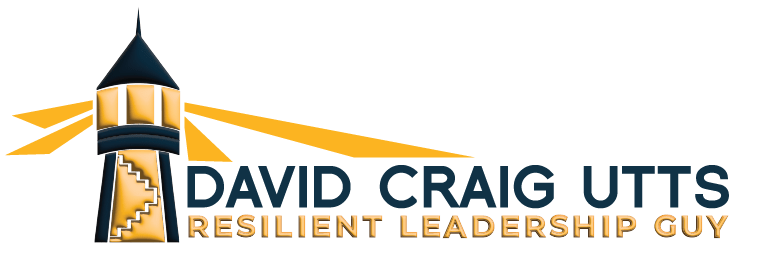Navigating Leadership with Critical Thinking: The Role of Challenging Beliefs

Introduction
In an era of rapid change and uncertainty, executive leaders must embrace critical thinking as a lifeline to achieve stellar outcomes and resilience. At its core, critical thinking is the art of objectively evaluating situations without being swayed by emotions or unfounded assumptions. Central to this is the conscious evaluation of our beliefs. This post delves into the significance of challenging and redefining our beliefs for effective critical thinking. Additionally, we’ll explore a five-step method to ensure your beliefs align with your goals.
The Basis of Beliefs
Beliefs and biases can either fuel our quest for deeper understanding or blind us to alternate perspectives. Neuroscientist Susana Martinez-Conde once remarked, “While there is a reality out there, we do not experience it… We don’t have the neuro-machinery to experience the world as it is.” This underscores the fact that our brains, guided by beliefs and biases often unchecked, interpret a simulation of reality rather than reality itself.
Beliefs and Our Survival Instincts
Our brains have evolved to constantly scan our surroundings for threats, a mechanism overseen by the amygdala. Modern threats might not be predators, but our brain’s alarm system still rings true for dangers like an oncoming vehicle or a social snub. Interwoven with this survival mechanism are our beliefs, influencing how we perceive and react to threats:
- Cultural Conditioning: Backgrounds dictate perceptions of safety.
- Learned Behaviors: Past traumas inform future cautions.
- Group Dynamics: We’re inherently wary of ‘outsiders’ and can misjudge based on biases.
- Cognitive Shortcuts: Our brain uses beliefs to swiftly respond to perceived dangers.
- Confirmation Bias: We spotlight information that matches our beliefs.
- Emotional Reactions: How we feel about challenges is colored by our beliefs.
- Coping Mechanisms: Beliefs shape our responses to threats.
The crux is to determine whether these perceptions and actions benefit or hinder us.
Ensuring Your Beliefs Align with Your Vision
To harness the power of beliefs in propelling us toward our goals, reflection is key. Here’s a five-step guide to challenge and refine your beliefs:
- Purpose of the Belief: How does the belief align with your vision or values?
- Underlying Standards: Ask, “What would prove this belief true?”
- Fact Check: Distill emotions and see the raw facts of a situation.
- Consider the Opposite: Evaluate the validity of the counter-belief.
- Seek Diverse Perspectives: Enrich your viewpoint by understanding others’.
Conclusion
In today’s tumultuous world, the flames of our survival instincts can easily be fanned by our beliefs. The need for critical thinking has never been greater, not just for survival but for thriving. Aligning our beliefs with our core values and aspirations ensures our actions serve our greater purpose. For leaders, this is not just a skill; it’s a duty.
About the Author David Craig Utts
Related Posts
The Executive Paradox: Finding Time for What Truly Matters in a 24/7 Corporate Cycle
Executive Essentials: Tackling Drift and Cultivating Powerhouse Focus
Part II: Preserving the Essence of High-Performing Teams Amid a Disruptive, Complex World
Part I: Preserving the Essence of High-Performing Teams Amid a Disruptive, Complex World
The Empathy Trap: Why Too Much Can Diminish Your Leadership Impact
Cultivating Resilient Leadership: Part III, The Core of Self-Leadership
Cultivating Resilient Leadership: Part II – The Power of Self-Regulation
Cultivating Resilient Leadership: Part I – Nurturing the Power of Self-Awareness
